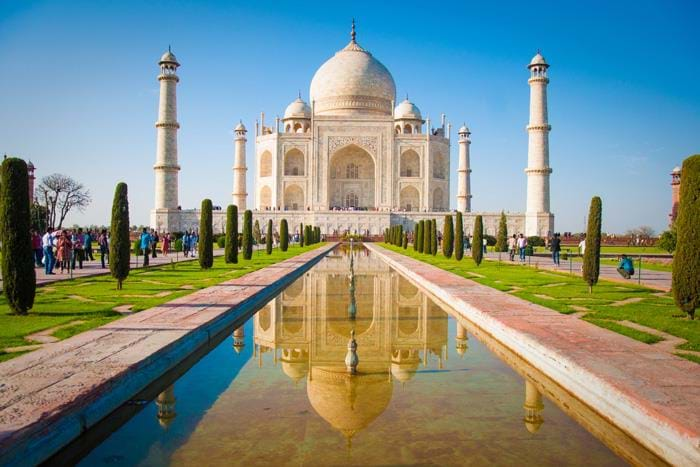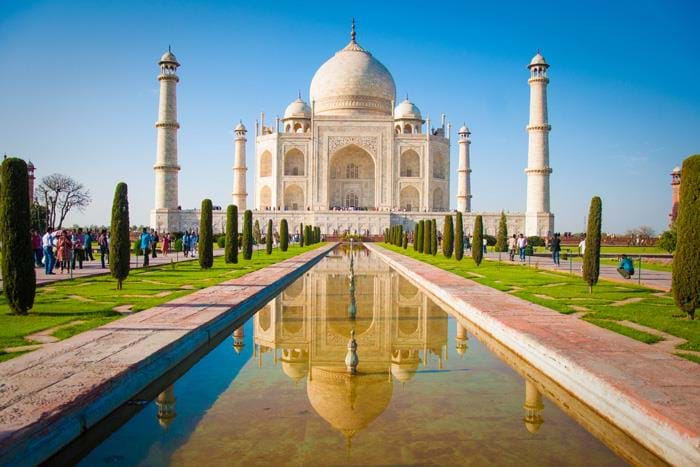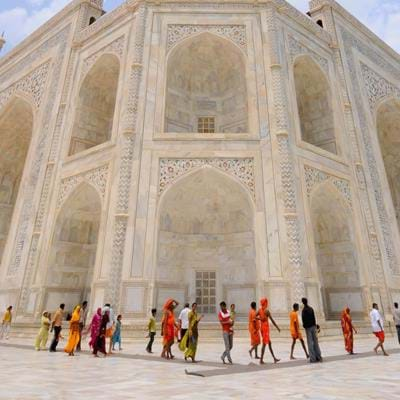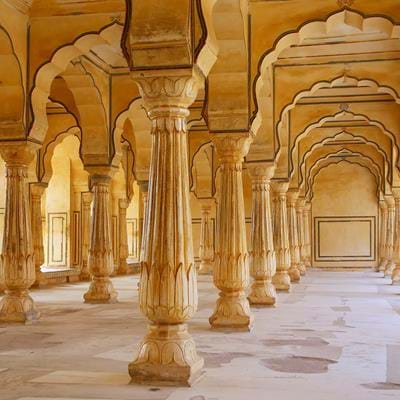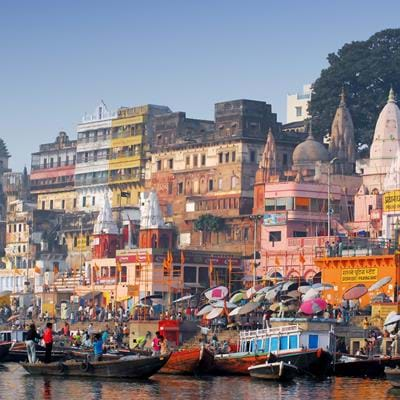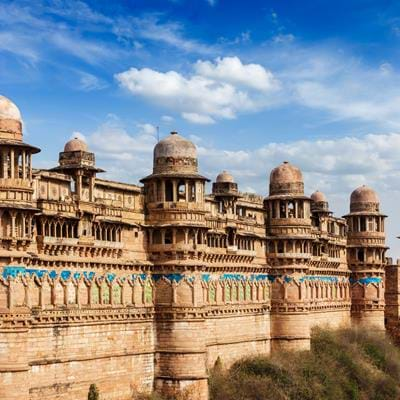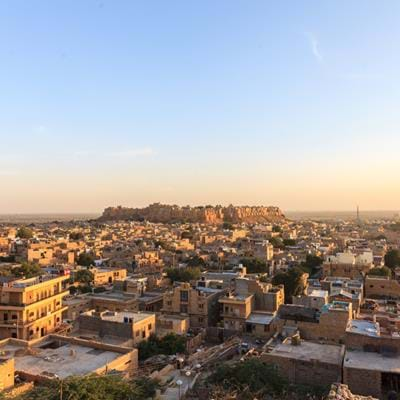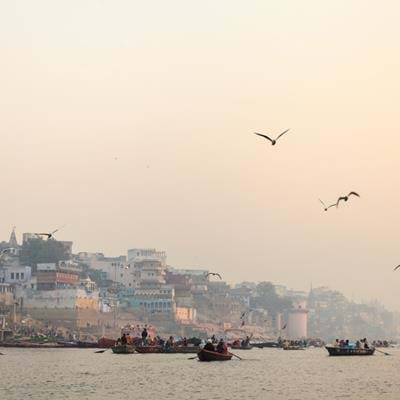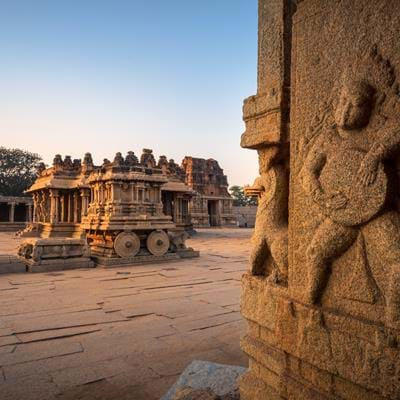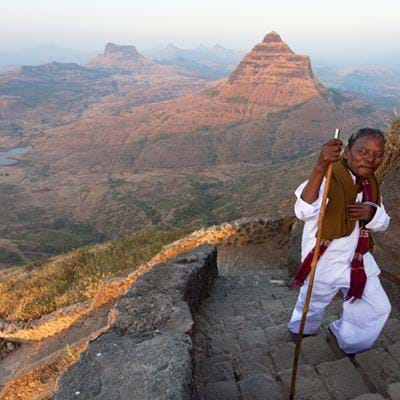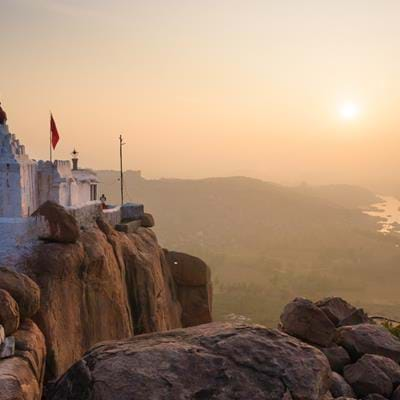India 17.11.2015 Anthony Ryan
The Taj Mahal is one of the most recognisable buildings on the planet and a must-visit for many people travelling to India, but there is more to this stunning mausoleum than meets the eye. To get the most from a trip to the shrine to Mumtaz Mahal, swot up before you travel.
22,000 people were involved in its construction
In order to create a stunning mausoleum for his favourite wife Mumtaz, Emperor Shah Jahan employed many of the best craftsmen of the day. These included stonecutters, labourers, painters and embroiderers to achieve the desired effect and totalled 22,000 in all.
...but it wasn't just people who helped
More than 1,000 elephants are thought to have been involved in building the Taj Mahal, as materials needed to be transported and put in place in a time before modern machinery. Without the help of these strong animals, the monument would almost certainly have been impossible to construct.
It was 20 years in the making
The Taj Mahal was commissioned in 1632 and despite the building appearing to be finished by 1643, it took until 1653 for the emperor to consider it complete. This was mainly down to a number of projects of adornment and additional buildings within the complex, including a mosque and a guest house.
A vision in white marble
Constructed out of white marble, the symmetry of the Taj Mahal is perfect and features a central onion dome, with four smaller ones surrounding it. The main dome is 115 feet tall, with the entire structure reaching just 561 feet. Many people are surprised by the relatively small size of the Taj Mahal when they visit it, but safe to say it is perfectly formed.
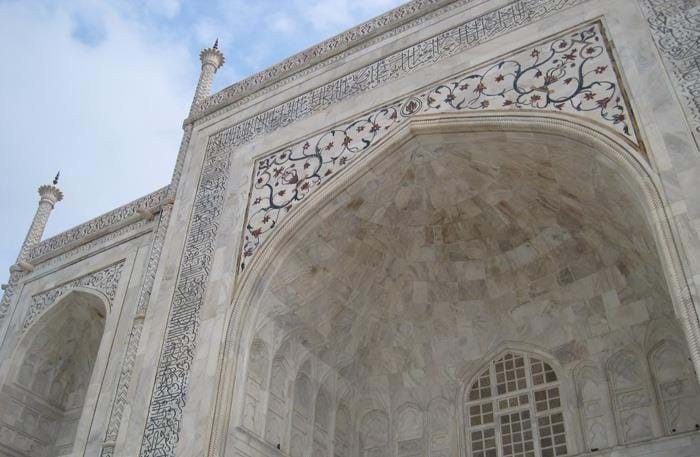
28 varieties of precious stones were used as decoration
While the architecture of the Taj Mahal is stunning, attention to detail was also given to the monument's finishing touches. These included inlay work featuring 28 different types of precious and semi-precious stones. Unfortunately, many of these were removed by the British during the 1857 Indian rebellion.
99 names of Allah adorn Mumtaz's tomb
At the heart of the Taj Mahal is the tomb of Mumtaz, who died giving birth to her 14th child. It is inscribed with calligraphy showing the 99 names of Allah. Other Islamic references can be seen throughout the complex, with passages from the Qur'an used as decorative motifs.
The Taj Mahal is not entirely Indian
Despite being one of the most popular tourist sites in India, the Taj Mahal owes much of its beauty to other nations. Its chief architect, Ustad Ahmad Lahauri, was a Persian from Iran and the building materials came from several countries. Turquoise came from Tibet and jade was imported from China, but the incredible white marble came from the Indian state of Rajasthan.
Myths surrounding the Taj Mahal
Being such a beautiful place, it is not surprising that myths have circulated about the man who created it and his character. One of the most commonly heard is that Emperor Shah Jahan had the thumbs of the Taj Mahal's workmen cut off so they could never recreate such a monument, but there is no evidence to support this. Another myth is that he intended to create a corresponding building in black stone, but again, this is unsupported.
